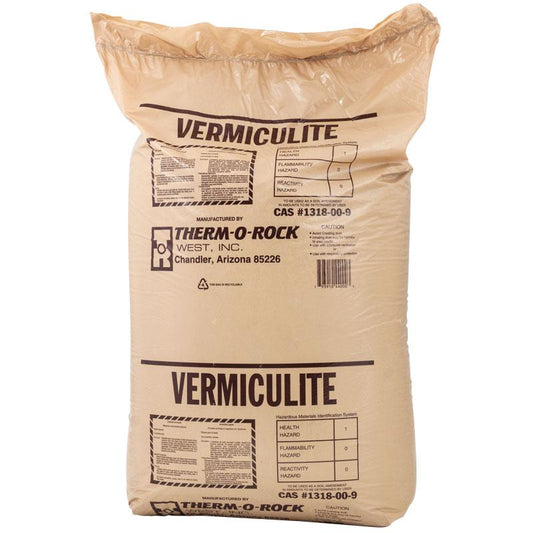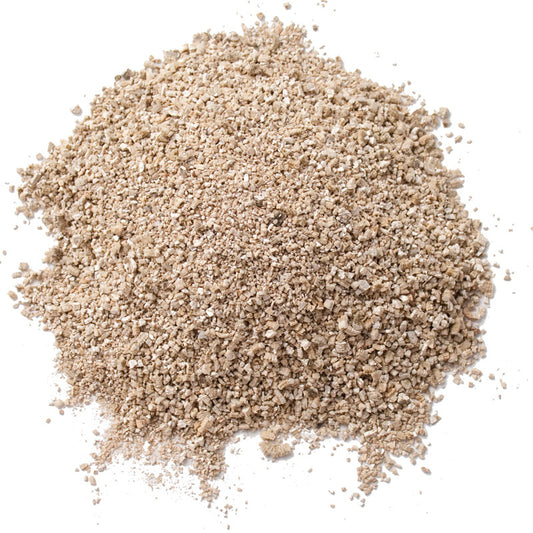Water Restrictions Will Continue Play a Growing Role in Gardening
In the West, water is precious and conservation is essential. Gardeners don't have to give up their perennials or home grown vegetables, just be more water wise. In our video, Gardening in a Drought, Tricia discusses ways to cut down on water usage in the garden by following some basic steps. Let's talk about some of those easy things we all can practice to garden more water-wise.
Here are 10 Tips to Help With Water Conservation in Your Garden
 Tip 1: Add more organic matter to the soil
Tip 1: Add more organic matter to the soil
Adding compost to the soil will help reduce the plants' need for water. Studies have found that increasing the amount of organic matter by only 5% will quadruple the water holding capacity of the soil. Compost can be worked into the soil from compost piles or bagged compost. Or you can increase organic matter by putting in a fall cover crop that will grow over the fall and winter. Cut the crop when it starts to bloom (or before) and allow it to sit and decompose, now you have green manure to add to the soil. The green manure will not only add organic matter to the soil but the legumes in the mix will fix nitrogen and increase the fertility, a win, win way to go.
Tip 2: Use mulches to reduce evaporation
Mulching helps to reduce evaporation and cool the soil (or warm the soil depending on the type of mulch used). Mulching can reduce the plants' water needs as much as 50%. What can you use in the vegetable garden? Straw is a great mulch and as it breaks down it will add organic matter to the soil. Use a thick layer, about 1-3 inches is a good rule of thumb. Newspapers (only newsprint) can be put down around plants to help to cut down on weeds and reduce evaporation. Use about 2-4 layers and secure with ground staples or just put some straw over it to keep it in place. 
Tip 3: Use Drip Irrigation
Drip irrigation applies water to soil/roots and reduces evaporation. Use the correct emitters to deliver the right amount of water to the vegetable bed. Put the drip irrigation under the mulch to cut down on evaporation.
Tip 4: Adjust watering to meet the needs of the vegetable
Water needs will vary depending on the stage of development of your plants. Moisture levels are critical when plants are young and have not developed a mature root system, right after transplanting and during flowering and fruiting. Check out the article by Colorado State University Cooperative Extension, Home Vegetable Garden Management in a Dry Climate on critical watering periods for different garden vegetables.
Tip 5: Change the types of vegetables grown if you live in a drought area
Consider not putting in plants that are heavy water users like corn or beans… or just plant less (although hard to do with corn). If you can't do without in the garden, make sure to mulch heavily.
Tip 6: Change the style of planting
Plant in blocks as opposed to rows. Leaves shade the soil and you get less evaporation.
Tip 7: Know the root depth of your plants and group plants with similar water requirements
Check out the list of vegetables and root depths. This will help get just the right amount of water to the plants and not waste or overwater. 
Tip 8: Adjust watering time and flow to match your soil type
Clay soil holds water well but absorbs it slowly, use low flow emitters, longer duration and water less frequently. Sandy soil is the exact opposite of clay soils, Loam is something in the middle.
Tip 9: Keep beds weeded
Don't waste water on weeds, plus they compete for water with your veggies.
Tip 10: Water during cooler times of the day
Use timers on your irrigation system to water between 9 pm and 6am. more water will soak in, rather than evaporate. We don't have to get rid of our gardens during periods of drought. But we all need to do our part to conserve water and practice water-wise gardening.
Additional Resources:
Composting and Water Conservation Mulches for the Home Vegetable Garden



